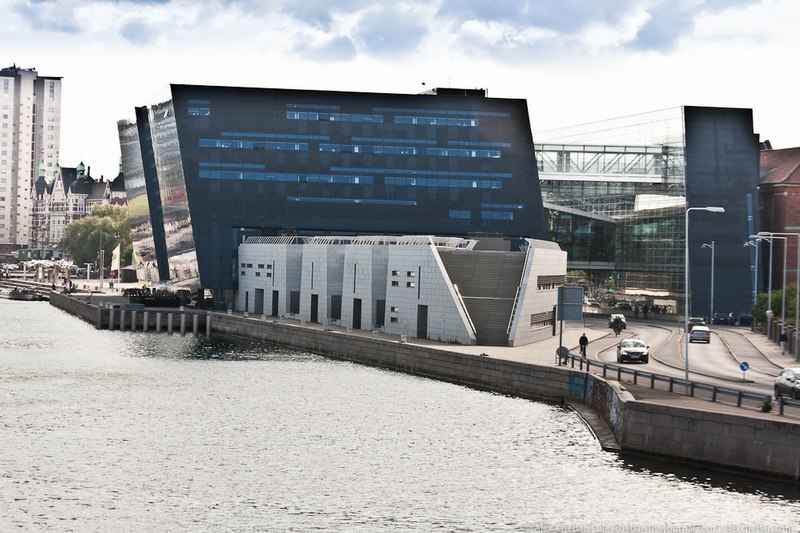
The Royal Library is a national library in Denmark and one of the
largest libraries in Scandinavia. All pieces of work produced in Denmark
since the 17th century are stored here. The word 'royal' is associated
with golden glamor, palace elements and traditions. The new building of
the Royal library boggles the mind as it unites the last modern trends
and tendency to chamberness.
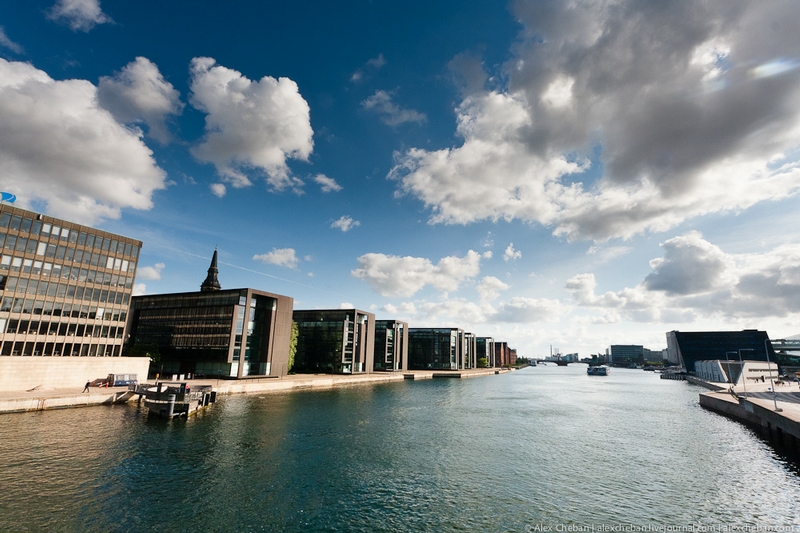
The library was founded in 1648 by the king Frederick III on the large
base of European works. Public access was allowed in 1793. The funds
were united with
the library funds of the Copenhagen University in 1989
and funds of the National Library of natural science and medicine.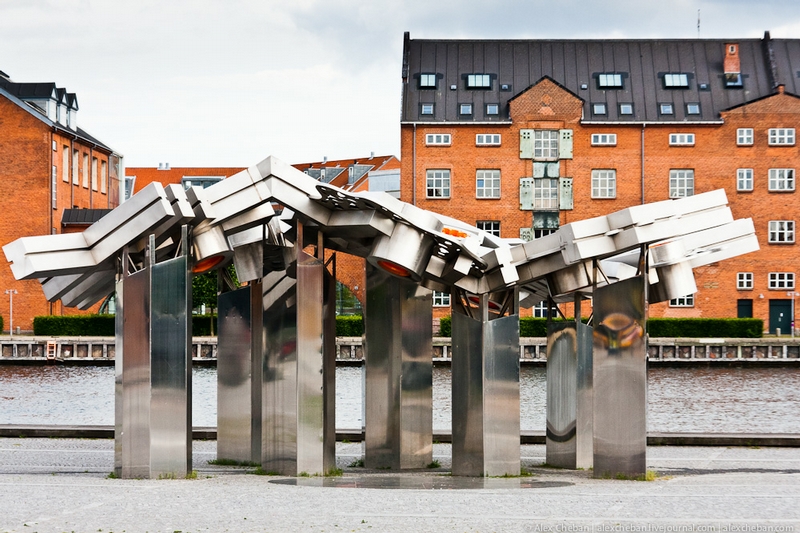
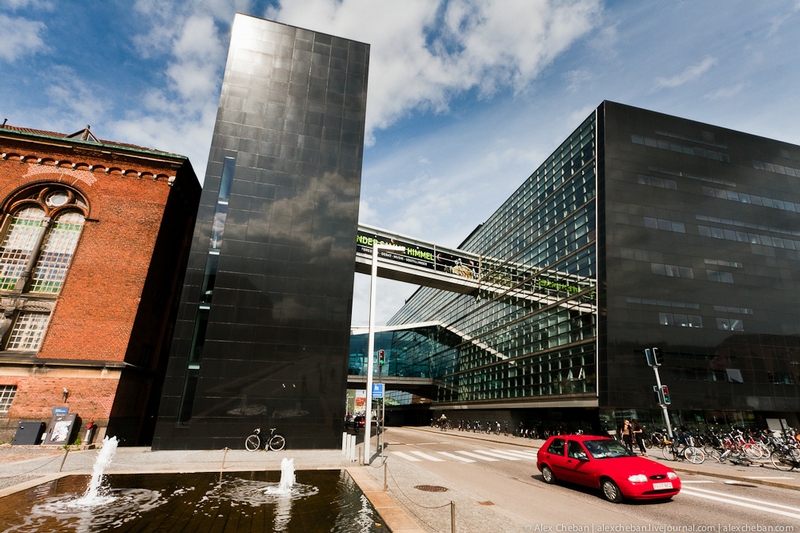
Today the library owns 4 buildings: three buildings of Copenhagen
University and the main building on the Slotsholmen island. The old
library on the island was built in 1906. Another new building
established in 1999 is adjacent to the old one and is called Black
Diamond because of its appearance as it is made of glass and black
marble. Today the Royal Library embraces several reading halls, movie
collection, electronic catalogs, art-galleries, conference halls, etc.
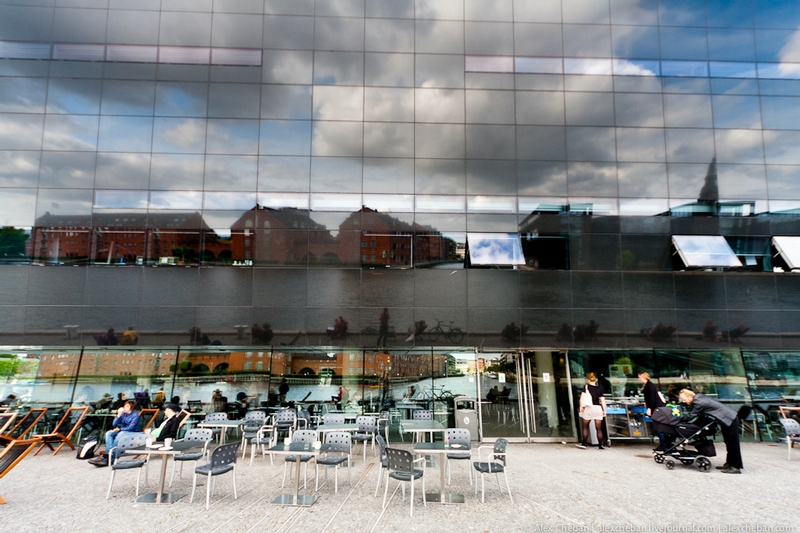


The walls of the building which is of irregular shape are inclined in
different directions and are made of black granite obtained in Zimbabwe
and polished in Italy. Each stone weighs 75 kg.
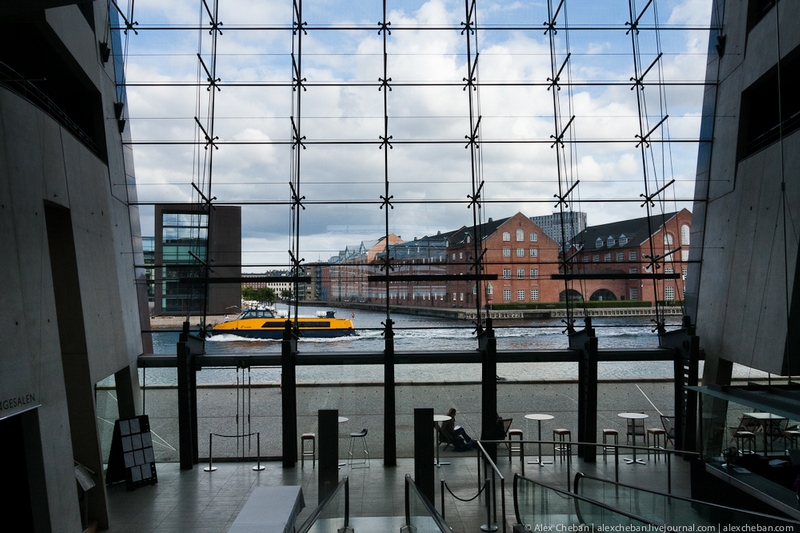
The Black Diamond is separated from the old building and is connected with it with the help of air bridges.

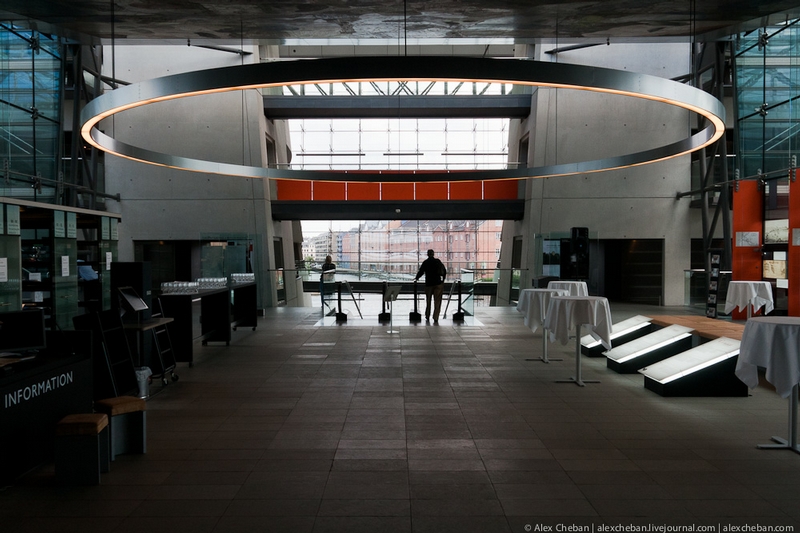
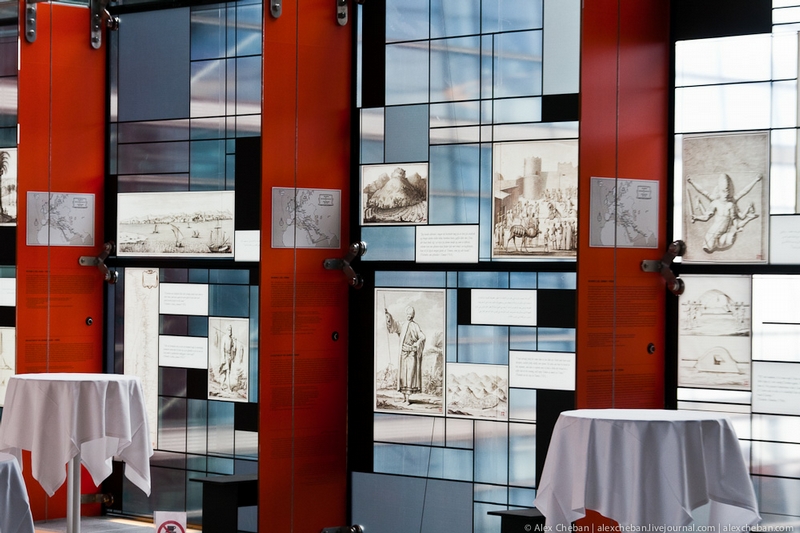
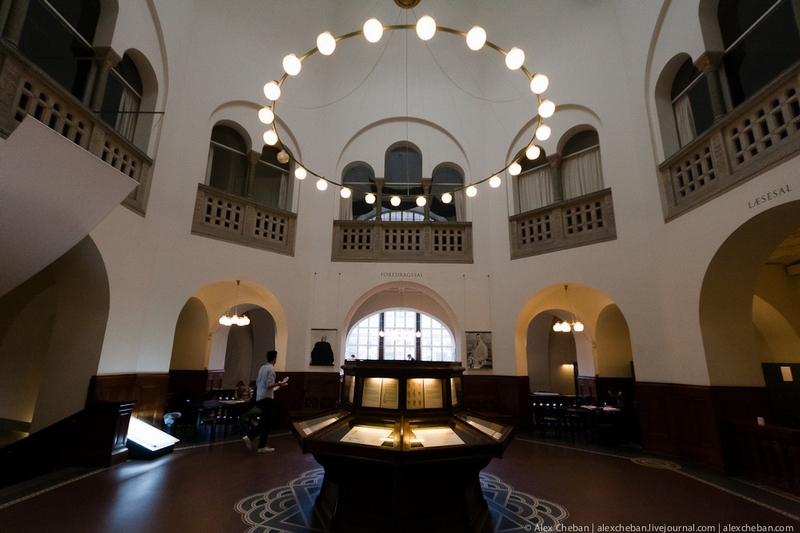
Chamber interior fragment.
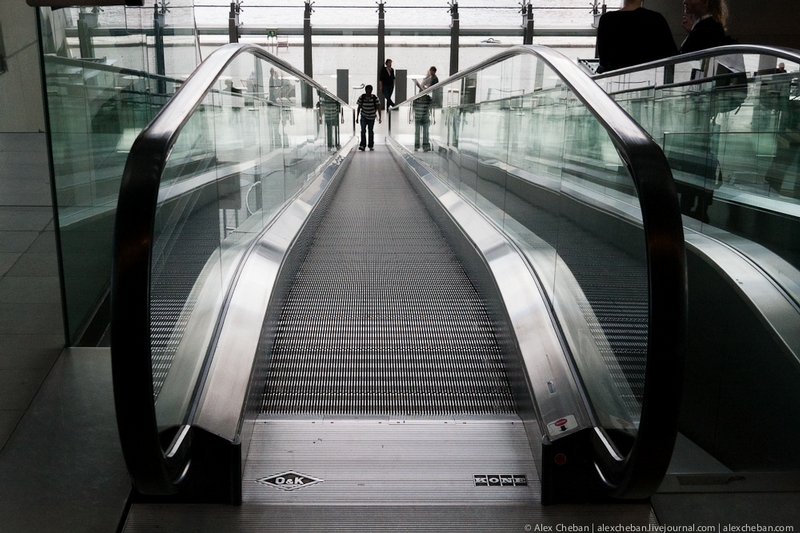
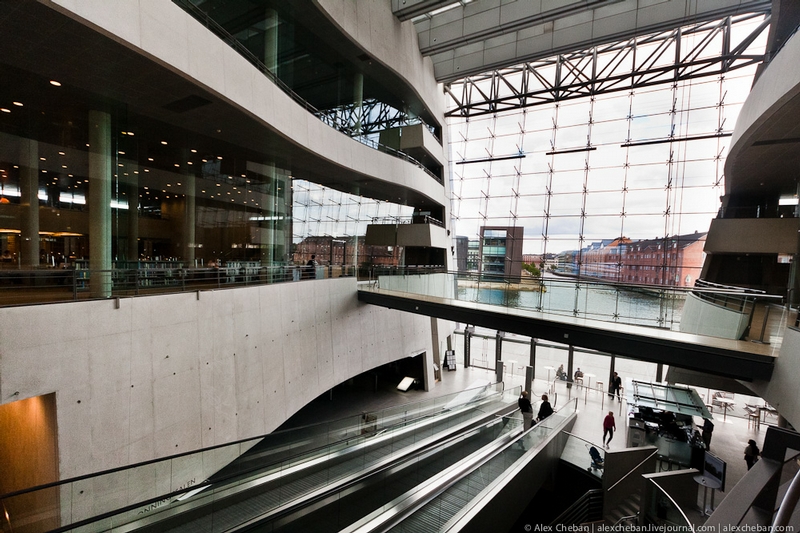

In 1968-1978 one of the largest robbery in history was committed here.
Unknown people stole around 3200 historical books the cost of which
amounted to 50 million US dollars. The loss was found only in 1975. The
stolen treasures were sold at different auctions in 1998-2002. Finally
the thief was caught. It was a library official who died before another
auction began. During the search of his house 1500 stolen lots were
revealed. His family members who continued to sell the books after the
official's death were imprisoned.


Harmony of fundamental contents and modern architecture.

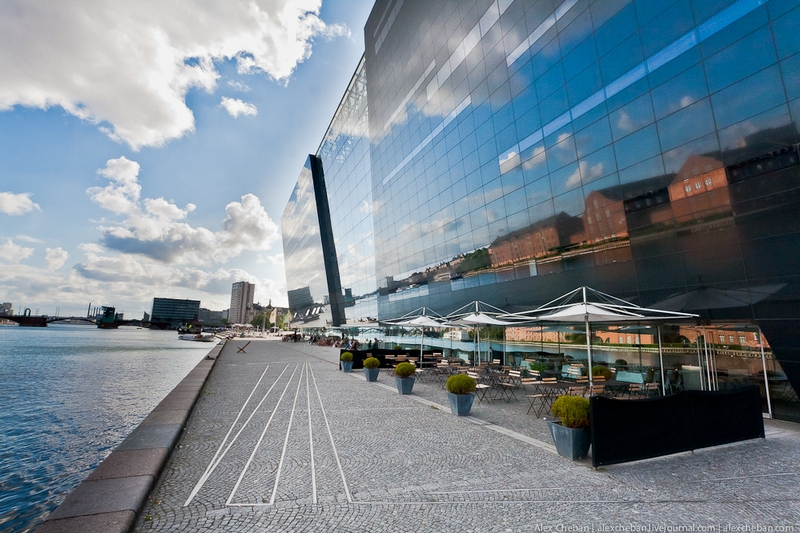
via alexcheban

0 comments:
Post a Comment